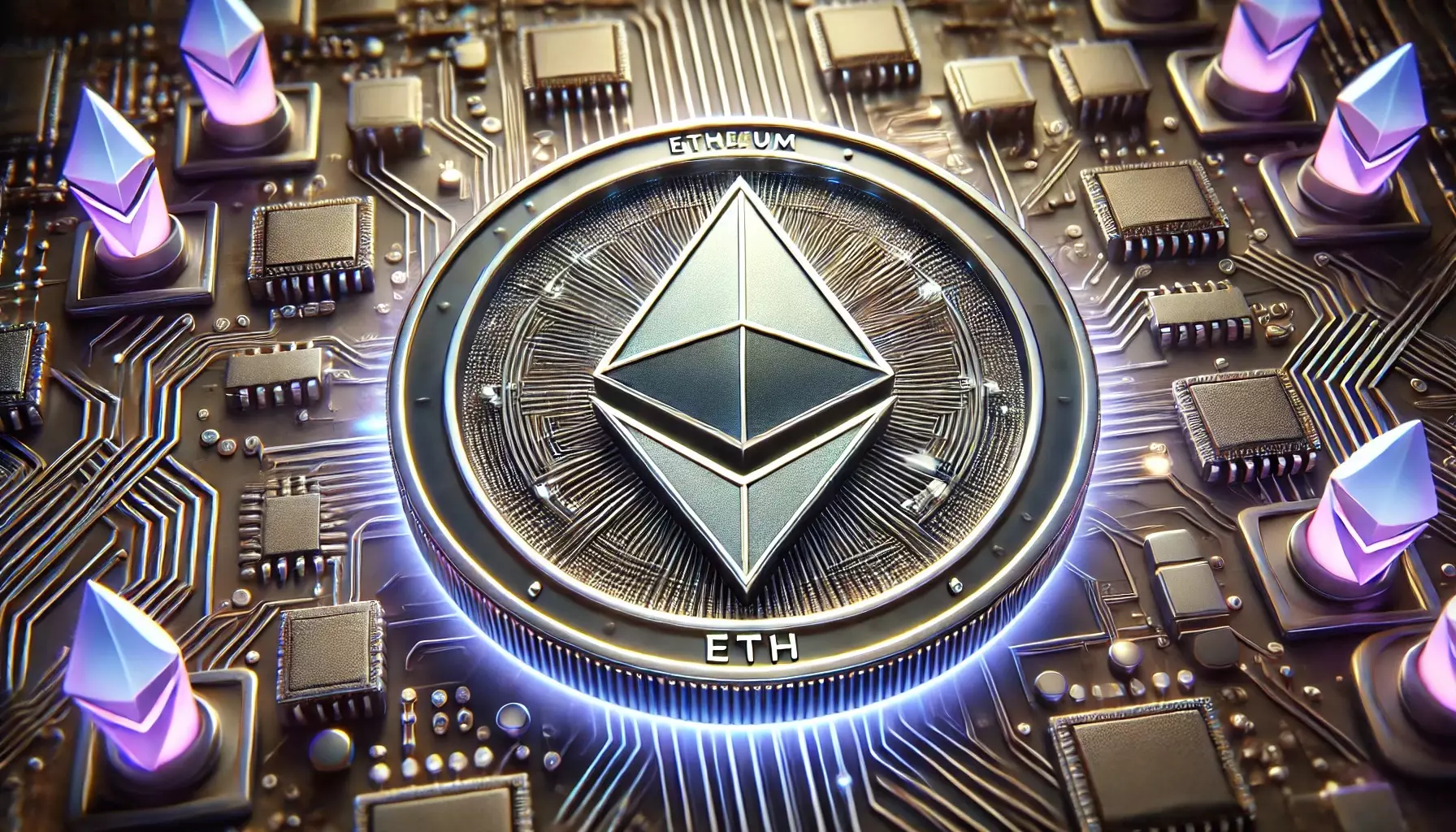Ethereum (ETH) has presented an interesting narrative within the cryptocurrency market, particularly in relation to Bitcoin (BTC). While the latter continues to dominate attention due to its longstanding market leadership, Ethereum’s recent price movements reflect a possible shift in market dynamics. Over the past week, Ethereum has experienced a notable price surge of approximately 13%, significantly outperforming Bitcoin, which has only managed a 5.8% increase during the same time frame. This article delves into the factors behind this emergent bullish behavior, focusing on the activities of large holders, commonly referred to as “whales.”
A closer look at on-chain analytics reveals intriguing patterns associated with Ethereum’s recent price rise. Data sourced from analytics platforms such as Glassnode highlights a significant increase in activity among Ethereum whales. This surge is characterized by an addition of at least 70,000 ETH into whale wallets within the last week. Such accumulation trends are critical as they often signal a sustained interest in holding rather than liquidating positions, which can bolster confidence in the asset’s future performance.
Recent reports indicate that the number of wallets holding 10,000 ETH or more has risen, with a notable climb to 925 wallets from 918 just a few days prior. This increase, though seemingly small, represents the mindset of the market’s larger players, who may be positioning themselves for a potential rally. Generally, the activities of these whales can shape market sentiment, making their patterns worthy of analysis.
Another dimension of the whale activity is the significant transaction volume tracked by IntoTheBlock (ITB), which monitors Ethereum addresses engaging in high-value transactions exceeding $100,000. In the past week alone, whale-related transactions exceed a staggering $29 billion. This volume encompasses both incoming and outgoing movements within whale wallets but highlights the liquidity and transaction capabilities present in the ecosystem.
On September 23, a remarkable influx into large holder wallets was observed, with inflows soaring to 515,520 ETH—a substantial increase of 440% compared to the previous day. Such activity typically indicates heightened interest and confidence among significant stakeholders, often interpreted as a bullish signal in the crypto realm.
As of this writing, Ethereum is trading around $2,626. This value marks a pivotal point for the cryptocurrency, as reaching over $2,600 for the first time in September might indicate the beginning of a more sustained upward momentum. The ethereal nature of cryptocurrency markets makes precise forecasting notoriously difficult, yet analysts suggest that if Ethereum can successfully breach the $2,700 mark before the month concludes, it may solidify a path toward the key psychological barrier of $3,000 in October.
The speculation surrounding Ethereum’s decoupling from Bitcoin has been a subject of discussion among analysts. Historically, Ethereum has closely mirrored Bitcoin’s price movements, leading to skepticism regarding its ability to carve out an independent trajectory. However, given recent developments—including whale accumulation and bullish transaction volume—there is a rejuvenated sense of possibility concerning Ethereum’s distinct growth trajectory.
Ethereum’s recent bullish momentum stands out in a market where Bitcoin traditionally overshadows other cryptocurrencies. The activities of Ethereum whales, reflected in significant wallet accumulations and high transaction volumes, suggest a robust confidence in Ethereum’s future. As the market evolves, developments over the coming weeks and months will be critical for investors and stakeholders in gauging whether this surge is merely a short-term uptick or the precursor to a lengthy bull run.
As Ethereum continues to establish its place within the crypto ecosystem, understanding the implications of whale activity, transaction volumes, and broader market sentiment will be pivotal for anyone engaged in the complex world of cryptocurrencies.

